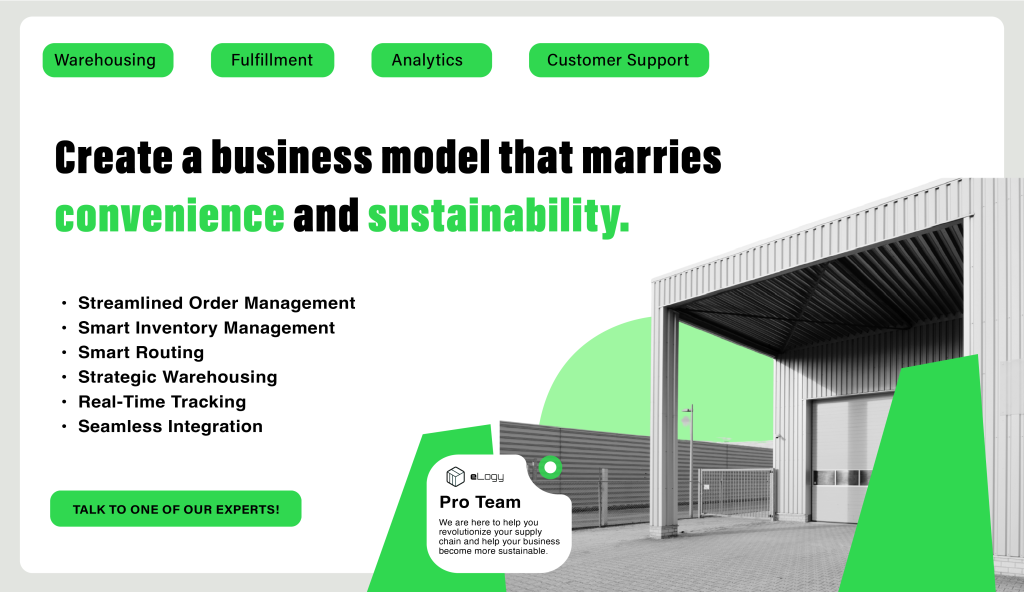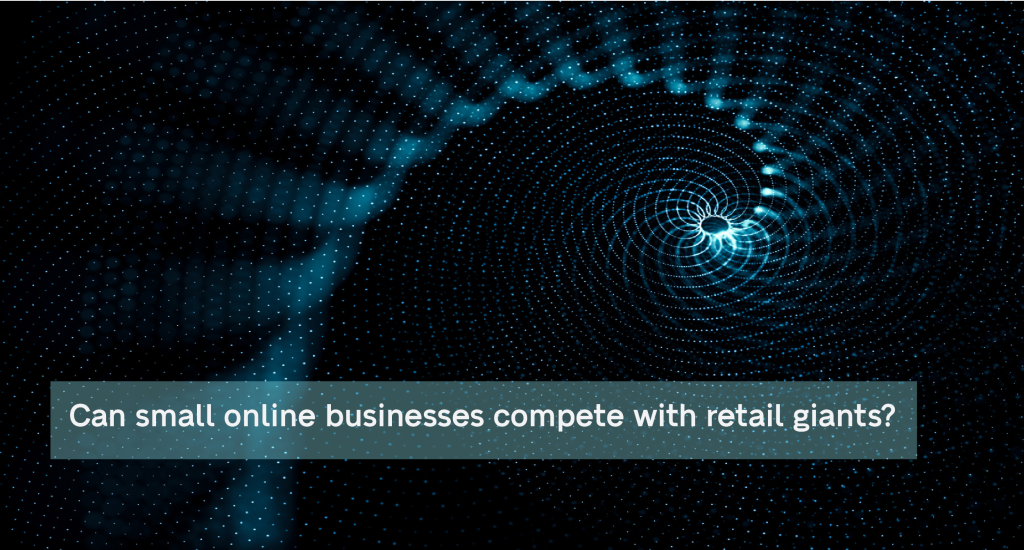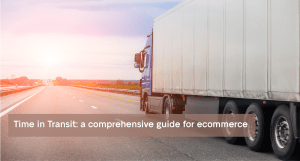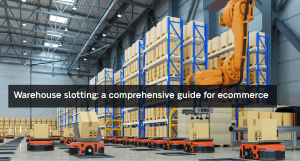If you already have or are thinking about building your own ecommerce, you might feel discouraged by the market dominance of retail giants like Amazon. Most of the time, the first thing people do is search on these big platforms to see if the products they are looking for are available. Only if they don’t find what they are looking for here, do they seek elsewhere. This happens because Amazon and co. are reliable and convenient on all fronts. Establishing your own online presence, knowing you don’t have the same resources as retail giants, is obviously intimidating. But there are certainly things that smaller contenders have that retail giants don’t. Small online businesses can win market share and compete with retail giants by focusing on their uniqueness, their strengths, and on offering more personalised customer experiences.
Before discussing some methods to differentiate your smaller brand, let’s take a moment to examine the border context.
How and why Amazon reshaped the retail landscape
Amazon focused on aspects such as convenience and efficiency by investing in fast delivery, offering competitive pricing, introducing an available and customer focused assistance service, and, also, on introducing a vast product selection. Now, after having seen that all this is possible, customers expect other ecommerce stores to match this seamless and rapid service, forcing others to adapt. But offering services at this scale is a parameter hard to match for smaller retailers. Also, competing with retail giants in terms of free shipping or product availability is almost impossible. Think out of this box and focus on areas where you are unique and where you can stand out.
How can smaller businesses leverage their unique strengths to stand out?
Finding opportunities despite the Amazon effect
Fortunately, there are opportunities to thrive for small businesses, especially if they focus on unique strengths and personalised customer experiences that larger companies are unable to replicate. Being smaller can become an advantage. It must encourage you to specialise and adapt quicker to customer needs in ways that larger companies simply cannot. This aspect is indeed something to concentrate on of you want to compete with retail giants. Here are a few examples.
1) Loyalty programs to create more meaningful relationships with customers
Ever wondered how to build lasting customer relationships without competing on price?
The inability to compete with retail giants on price, for example, is a common concern among smaller ecommerce businesses. However, you should focus on something else: dedicate yourself to your community. You can offer affordable memberships to grant access to a wide range of products at competitive prices, while promoting a model that is closer to customer needs and more dedicated to them. You can also offer flexible subscriptions to regularly deliver boxes of products to customers, allowing them to choose the amount and delivery frequency.
If you can’t offer free delivery offer better
What’s as attractive as free delivery?
Focus on what customers value by offering better delivery options:
- Predictable, on-time delivery.
- Convenient delivery times.
- Low-waste and low-emission delivery options.
Amazon and retail giants invest in free delivery. This is very attractive to customers but less for smaller online businesses who are often drained by delivery costs. Good news is, there are things that can be attractive in the same way.
Flexibility is one thing smaller companies can offer in ways that bigger corporations cannot accommodate. For example, what about allowing customers to change their delivery details after purchase or offering them tighter delivery windows? This type of personalization is something that customers crave and is a strong aspect to focus on. For customers the convenience lies in the fact that they can organise their schedule better whereas for you, the fact that you won’t risk losing time and money on multiple delivery attempts.
You can be more sustainable than bigger retailers with low emission delivery options
Larger corporations’ sustainability efforts are surely significant but slow. Small retailers can achieve these goals faster by rapidly integrating solutions in the options they offer and emphasise them in their communication to customers.
For example, include sustainable delivery options at checkout. This can be done using recyclable packaging or even shipping without packaging and maintaining zero-waste warehouses. Communicate this effort well and elaborate the benefits of this choice on your channels with pop-ups or sections on your website, educating customers on why to choose low-waste delivery.
Low-emission delivery can even be obtained by introducing strategic solutions for carriers to spend less time on the road.
Consider integrating eLogy’s tech-driven logistics and route optimization software to deliver sustainably while reducing the cost of shipping. This will lead to:
- Fewer kilometres driven.
- Lower emissions.
- Optimised delivery schedules and routes with easy last minute delivery adjustment.
- Track and measure performance.
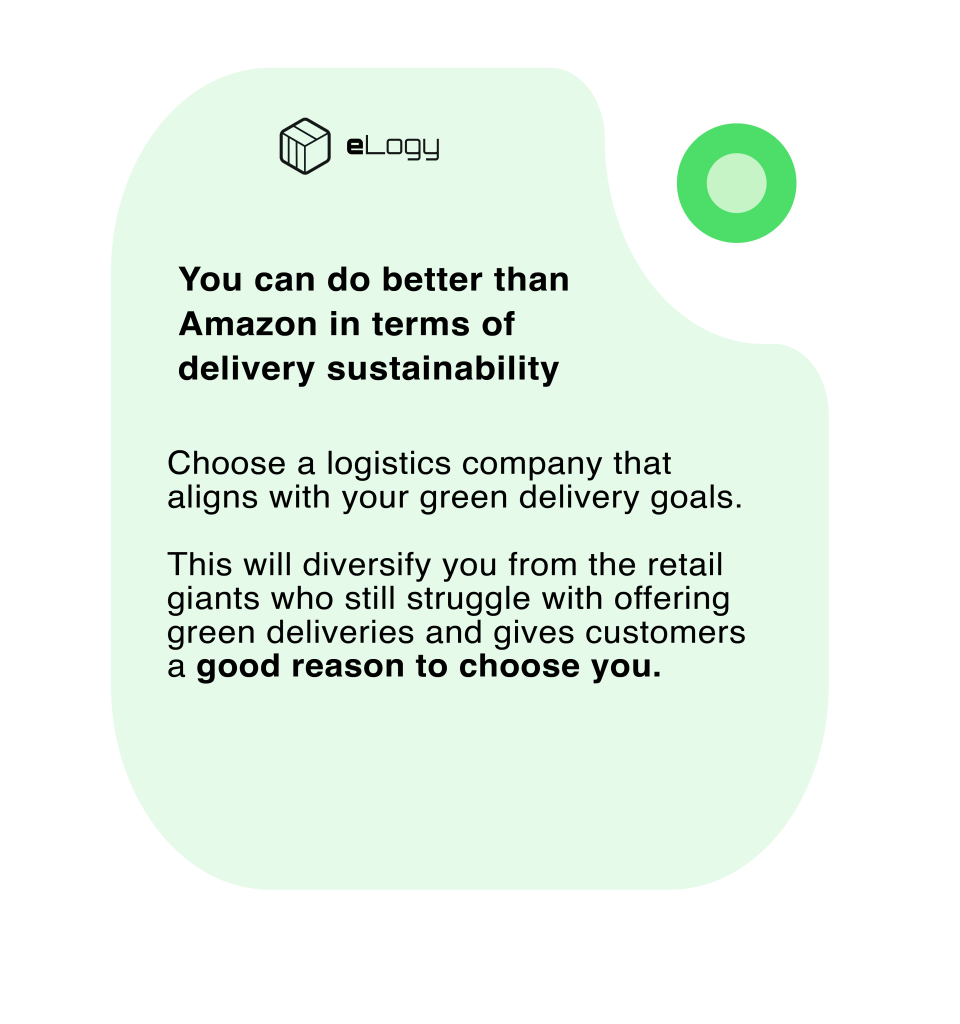
Simple integration, big impact.
1. Inventory Distribution
Positioning inventory close to key markets is a strategic starting point that will directly influence all subsequent stages of fulfillment. With products stocked closer to customers, distance and delivery times are reduced. This is obtained because vehicles spend less time on the road for delivery and have therefore less chances of being delayed. Less time on the road also means decreasing vehicle carbon emissions and associated shipping costs.
2. Order management system
Once inventory is strategically positioned, the next step is leveraging the potential of an automated order management system, which allows for fast order processing from the different sales channels, thus initiating the fulfillment process timely in the warehouse. This system is designed to reduce the time needed to process and prepare orders for shipment, moving products more quickly for delivery.
3. Automatic best carrier selection
Once orders are ready to be shipped, eLogy’s system chooses the fastest and most convenient carrier for each order. This aspect is important to reduce both shipping costs and transit times.
4. Optimised route planning
Strategic and optimised route planning technology is a system that works with real-time access to essential data like distance, traffic conditions, and new delivery requests. This allows carriers to avoid delays, unnecessary stops, and reduce expenses tied to extra delivery attempts, delays, and fuel charges. These components ensure timely and sustainable delivery.
5. Optimised vehicle capacity
Effective route planning also maximises vehicle capacity by organising deliveries along the most efficient routes. This makes sure that vehicles are used to their full potential, reducing the number of trips required.
